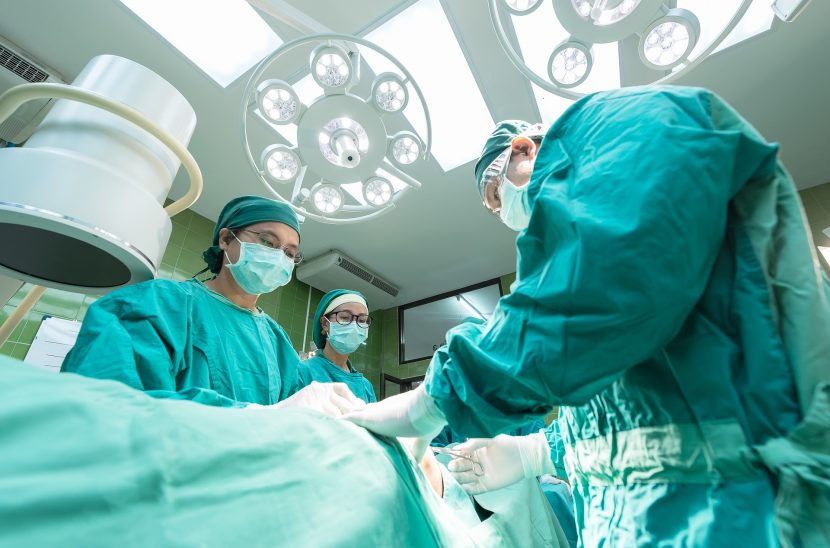What are the benefits and risks of liposuction?
It is often used on the abdomen, thighs, buttocks, neck, chin, upper and backs of the arms, calves, and back.
The fat is removed through a hollow instrument, known as a cannula. This is inserted under the skin. A powerful, high-pressure vacuum is applied to the cannula.
Liposuction is the most common cosmetic operation in the United States. More than 300,000 procedures are carried out in the United States each year with costs ranging from roughly $2,000-3,500.
The procedure does not remove cellulite, dimples, or stretch marks. The aim is aesthetic. It suits those who wish to change and enhance the contour of their body.
Liposuction permanently removes fat cells, altering the shape of the body. However, if the patient does not lead a healthy lifestyle after the operation, there is a risk that the remaining fat cells will grow bigger.
The amount of fat that can be safely removed is limited.
There are some risks, including infection, numbness, and scarring. If too much fat is removed, there may be lumpiness or dents in the skin. The surgical risks appear to be linked to the amount of fat removed.
Fast facts on liposuction
Here are some key points about liposuction. More detail is in the main article.
- The operation is normally carried out under general anesthesia.
- Liposuction is not a weight-loss tool but a cosmetic procedure with subtle effects.
- Risks include infection and scarring
- Liposuction can be used to treat some medical conditions.
